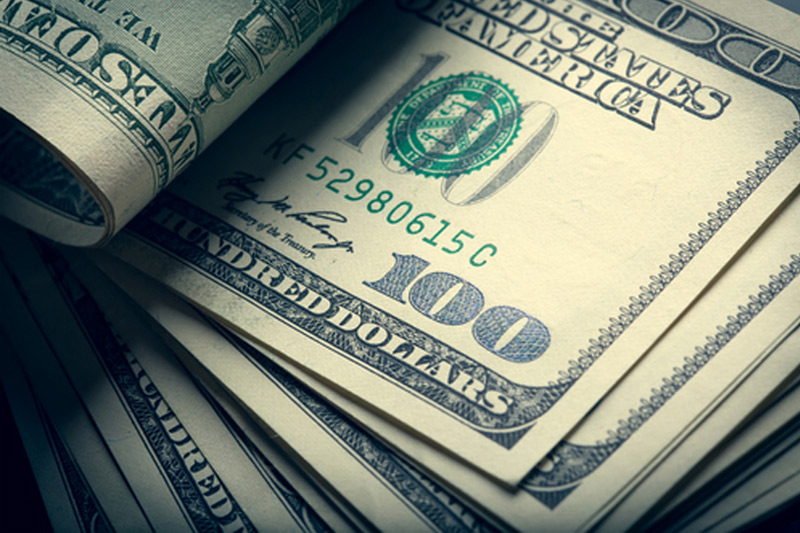By Avaneesh Pandey - If the latest figures from The Economist’s “Big Mac index” are any indication, the United States Federal Reserve has not been very successful in its attempts to devalue the dollar.
The U.S. dollar has shown a relative appreciation of about 15 percent since 2009, caused partly by the crisis in the euro zone, according to the Big Mac index figures released by The Economist on Thursday. In 2012, the Federal Reserve had announced its aim to devalue the dollar by 33 percent by 2032.

The Big Mac index, which was devised by The Economist in 1986 to assess whether world currencies were over-valued or under-valued relative to the dollar, is based on the concept of Purchasing Power Parity, or PPP. The theory of PPP is used to calculate the amount by which the exchange rate between two currencies needs to be adjusted so that an identical product can be compared on price in both countries.
While calculating the Big Mac Index, The Economist uses the price of one particular product -- the Big Mac beef burger sold by McDonald’s in over 120 countries. And, in the case of India, where the Big Mac is not available, it uses the price of the “Chicken Maharaja Mac,” beginning in 2011.
Based on this index, the Big Mac burger, which is available for $4.80 in the U.S. in July 2014 costs a mere $1.63 in Ukraine, making the Ukrainian Hryvnia the most under-valued currency. By the same standard, in Norway where the Big Mac costs a whopping $7.76, the Krone is the most over-valued currency.
The Big Mac index also revealed that the Chinese yuan, which was once the most under-valued currency, is now only the 12th most under-valued.
The latest findings come just a few days after Janet Yellen, the U.S. Federal Reserve Chairperson, said that the central bank was planning to stop its quantitative easing strategy in October. Under the program, implemented following the 2008 financial crisis, the Federal Reserve had bought U.S. government bonds to support the economy and devalue the dollar.
As the latest Big Mac Index suggests, however, the reduction in the central bank’s asset-purchase program coupled with an aggressive quantitative easing program implemented by the Bank of Japan have ensured that the dollar, for now, remains fat and healthy.
